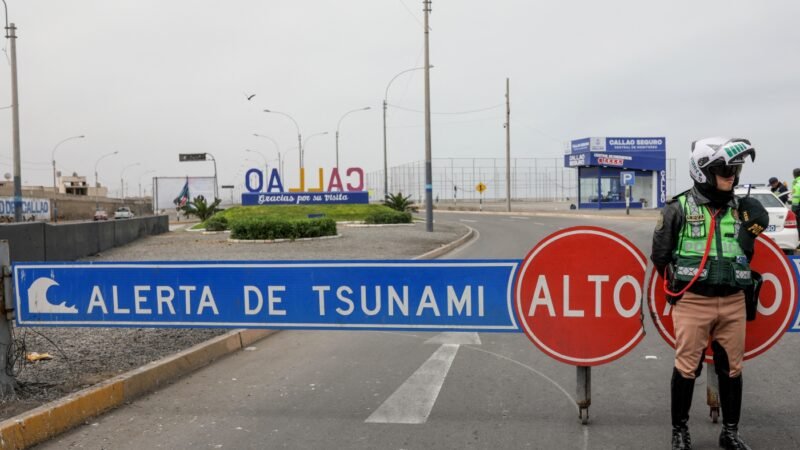Essential Insights
-
Global Impact: An 8.8-magnitude earthquake off Russia’s coast triggered tsunami warnings across the Pacific, prompting evacuation and concern in regions like Hawaii and Japan, although no significant damage was reported.
-
Tsunami Formation Factors: Strong underwater earthquakes, particularly those that occur close to the Earth’s surface, are crucial for generating tsunamis. The recent quake met all necessary conditions for wave formation.
-
Tsunami Risks and Predictions: Tsunami forecasting is challenging, but advancements such as deep ocean pressure sensors are improving prediction accuracy. Tsunamis can be deceptively powerful and last long after the initial wave.
- Long-term Consequences: Tsunamis can lead to ongoing issues like flooding, mold-related health problems, and mental health impacts on affected communities, highlighting the need for preparedness, especially among vulnerable populations.
What Causes a Tsunami?
A tsunami forms primarily due to strong earthquakes. Researchers explain that a quake must usually be at least 6.5 to 7 magnitude to generate the massive waves. Importantly, it’s not just about size; the earthquake must occur underwater or near the coast. This creates lifting or dropping motion on the ocean floor, triggering the tsunami.
The so-called “Ring of Fire” in the Pacific Ocean sees most of these earthquakes. Here, tectonic plates frequently shift, sometimes resulting in shallow earthquakes. Shallow quakes have a higher likelihood of producing tsunamis because of their proximity to the ocean’s surface. Therefore, quick tsunami warnings are essential following such seismic events.
Interestingly, tsunamis can travel vast distances across oceans with low heights, making them barely noticeable to ships. However, as they approach shallower waters, they speed up and grow in height. This transformation creates dangerous waves that can carry significant debris, heightening their destructive potential.
What to Do When a Tsunami Approaches
If you receive a tsunami warning, act immediately. Tsunami waves arrive quickly, often before you can comprehend the danger. The safest bet is to move to high ground, ideally at least 100 feet above sea level. Familiarize yourself with local evacuation maps since some low-lying areas might still be in danger, even if you’re a mile inland.
Remember, tsunamis consist of multiple waves, with the first not necessarily being the most powerful. People must remain vigilant even after the initial wave passes. Be prepared for ongoing alerts, as conditions can change rapidly.
Lastly, anyone living in or visiting coastal areas should have a “go bag” ready. This simple measure can include essential medications and supplies that may become scarce during a natural disaster. Preparation can significantly improve your chances of safety when the ocean unleashes its might.
Stay Ahead with the Latest Tech Trends
Learn how the Internet of Things (IoT) is transforming everyday life.
Access comprehensive resources on technology by visiting Wikipedia.
TechV1

